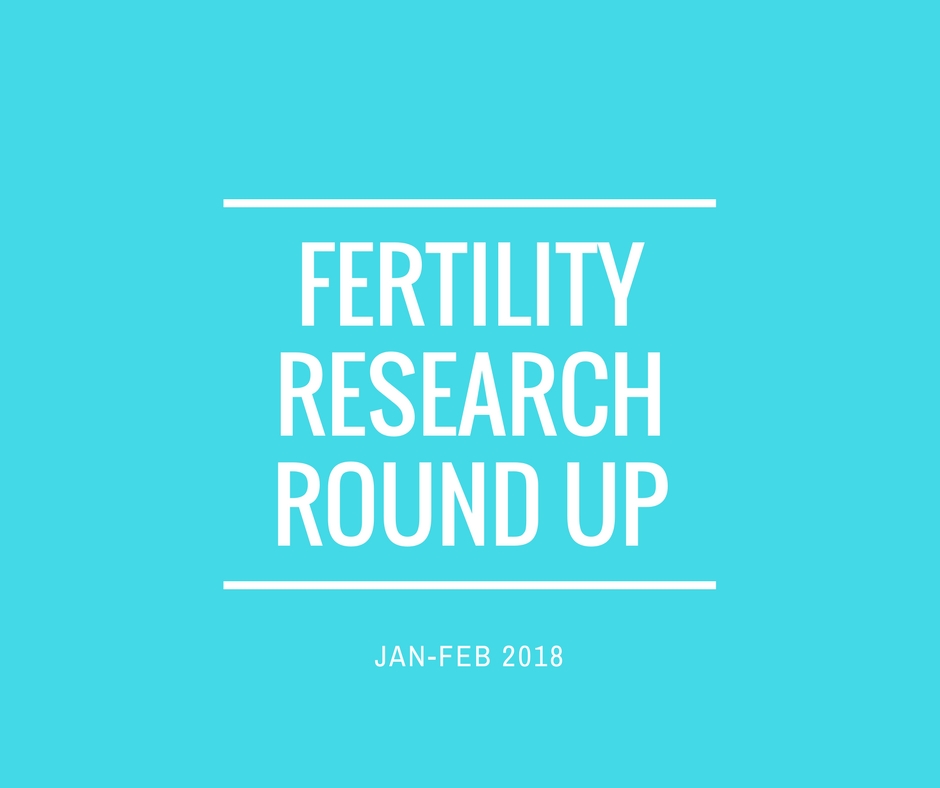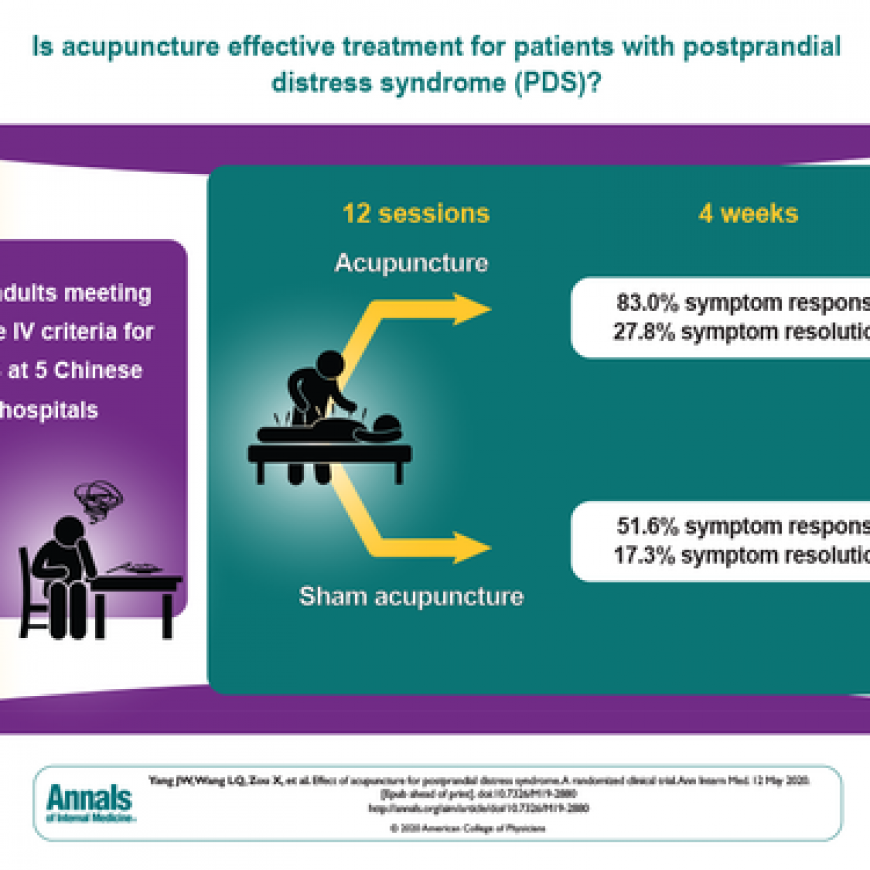If you are looking on keeping up to date on the latest findings in fertility research then I hope you will find this summary of research useful. The notes below are on studies published in various journals during January and February 2018. I have included links if the papers are free to download.
A paper by Vuong et al published in the New England Journal of Medicine in January 2018 looked at frozen embryo transfer is beneficial in women without polycystic ovary syndrome (PCOS). It is known that in women with infertility due to PCOS who are undergoing IVF, the transfer of frozen embryos has been shown to result in a higher rate of live birth than the transfer of fresh embryos.
In the study, 782 infertile women without PCOS undergoing a first or second IVF cycle received either a frozen embryo or a fresh embryo on day 3. In the frozen-embryo group, all grade 1 and 2 embryos had been cryopreserved, and a maximum of two embryos were thawed on the day of transfer in the following cycle. In the fresh-embryo group, a maximum of two fresh embryos were transferred in the stimulated cycle.
After the first completed cycle, ongoing pregnancy occurred in 36.3% of the women in the frozen-embryo group and in 34.5% in the fresh-embryo group. So they found no significant difference in the rates of pregnancy, or live birth, when transferring fresh or frozen embryos.
Another study looked at the current state of knowledge concerning the importance of aspects of nutrition in relation to the prevention and treatment of infertility. The authors were interested as they believe that obesity is a factor in the fertility of both males and females. They were also keen to understand whether there can be a ‘fertility diet’. They reviewed the papers that had been published on these topics, and these were mostly observational studies rather than randomized controlled trials.
The main points from the paper are:
- Don’t eat trans fatty acids (TFAs). They induce insulin resistance and one study showed that an increase by 2% of energy obtained from TFA instead of carbohydrates increases the risk of ovulatory infertility by 73%.
- Don’t take a fish oil supplement in the course of IVF treatment, as it may cause a decreased response to IVF stimulation, and also result in disorders in the quality of the oocyte and embryo, and an increase in the risk of perioperative bleedings as a result of antithrombotic effect.
- Avoid high glycaemic load foods and animal proteins, as these may cause ovulatory infertility.
- Eat plant proteins as these have a protective effect on ovulatory infertility. Getting 5% of energy from plant proteins instead of animal proteins, decreases the risk of ovulatory infertility by a half.
- Aim for a slow reduction in body mass (BM) if you are obese. Just a 5% reduction of BM among obese women, may result in the restoration of ovulation and regular menstrual cycles, as well as an increase in the chances for conception. a slow reduction of BM is recommended rather than a rapid weight loss as it may disturb the developmental environment of the oocytes (ketosis, hormonal homeostasis), and lead to a decrease in the quality of oocytes and embryos, resulting in the chances for treatment using the IVF, for example, being reduced.
- Take folic acid, vitamin D supplements, and non-heme iron of plant origin. Folic acid deficiencies are related with ovulation disorders and a low level of progesterone in the luteal phase; it is probable that vitamin D and also non-heme have proven potential for reducing the risk of ovulatory infertility.
- Men should eat low fat dairy products, unsaturated FA and folic acid. A high consumption of fruits and vegetables providing the supply of antioxidants in a natural form, favour the maintenance of the optimum sperm parameter. Attention is also paid to the role of folic acid as a factor improving sperm count and motility, and reducing DNA fragmentation, as well as the role of vitamin D having a similar effect on sperm
- Men should avoid eating processed red meat, high fat dairy products, SFA, TFA, excess alcohol and soy products as these have an adverse effect on sperm morphology and motility.
A study by Kaing et al in the Journal of Assisted Reproduction and Gynecology looked at the whether day of blastocyst development is associated with embryonic euploidy. An euploid embryo carries the normal 46 number of chromosomes and has a greater chance of implanting successfully, with higher chances of successful pregnancies, and reduced rates of miscarriage. The study found that earlier blastocyst development is independently associated with a higher likelihood of embryonic euploidy in both autologous and donor embryos. In non-biopsied embryos, these data support selection of day 5 blastocysts for transfer over later-developing embryos.
Vaamonde D et al. (Andrologia 2018) looked at the effects of ultra-endurance exercise training on sperm and found that the levels of hormones such as testosterone and cortisol, as well as physical semen parameters were within normal ranges. There were high levels of DNA fragmentation which could potentially interfere with the athlete’s fertility potential.
Jenkins et al suggested a points systems for the allocation of donated sperm and eggs over the current first come first served system. The views of staff from seven U.K. fertility clinics, and 20 academics, policy-makers, representatives of patient groups, and other relevant professionals, on the allocation of donated sperm and eggs were considered. The authors concluded that criteria such as a patient’s age, potentially damaging substance use, and parental status (whether they already have a child) should be used to allocate points and determine which patients receive treatment and in what order. These and other factors should be applied according to how they bear on considerations like child welfare, patient welfare, and the effectiveness of the proposed treatment. You can read this paper here.
A study by Ozgur in the Journal of Assisted Reproduction and Gynecology demonstrated that frozen embryo transfers 36 days after egg retrieval were not problematic and that delaying transfer beyond the cycle immediately following oocyte retrieval does not increase live birth rates. There were also no significant differences in live birth rates in sub-analyses in terms of single blastocyst transfer (SBT), trigger type (GnRH agonist, triggers including hCG), oocyte number (≤ 5 and ≥ 15), and maternal age (> 35 years).
The effect of testosterone gel administration during ovulation induction on the fertility rate was examined in women with a poor ovarian response in IVF cycles in a small pilot study by Saharkhiz et al. The rate of pregnancy was 16% in the group receiving testosterone gel versus 0% in the control group (no gel) and the embryo of quality A–B was significantly significantly higher in testosterone group (60%) compared with the control group (17.4%).
Mushtaq (Reprod Biomed Online 2018) looked at the effects of BMI on male fertility rates. Men with a BMI of 30 or over are more likely to have reduced fertility and fecundity rates. This systematic review and meta-analysis revealed that raised male BMI was associated with a significant reduction in clinical pregnancy rates and live birth rates per IVF-ICSI treatment cycle.
A systematic review of the impact of Vitamin D deficiency on the fertility of men and women with PCOS (Trummer C et al. Endocr Connect 2018). The review found that ‘The vitamin D receptor and vitamin D metabolizing enzymes are found in reproductive tissues of women and men. In women, vitamin D status has been associated with several features of PCOS. In detail, cross-sectional data suggest a regulatory role of vitamin D in PCOS-related aspects such as ovulatory dysfunction, insulin resistance as well as hyperandrogenism. Moreover, results from randomized controlled trials suggest that vitamin D supplementation may be beneficial for metabolic, endocrine and fertility aspects in PCOS. In men, vitamin D status has been associated with androgen levels and hypogonadism. Further, there is some evidence for a favourable effect of vitamin D supplementation on testosterone concentrations, although others failed to show a significant effect on testosterone levels.’
Ovarian hyperstimulation syndrome (OHSS) is a serious condition brought on by the hormone used to induce egg maturation during IVF treatment. A study (Abbara A Clin Endocrinol 2018) investigated the symptoms and clinical parameters of early OHSS in women at high risk of OHSS triggered with hCG, GnRH agonist or the neuropeptide kisspeptin. Symptoms of OHSS were most frequent following hCG and least frequent following kisspeptin. The likelihood of OHSS diagnosis was highest with hCG, followed by GnRHa and lowest with kisspeptin.



Add Comment